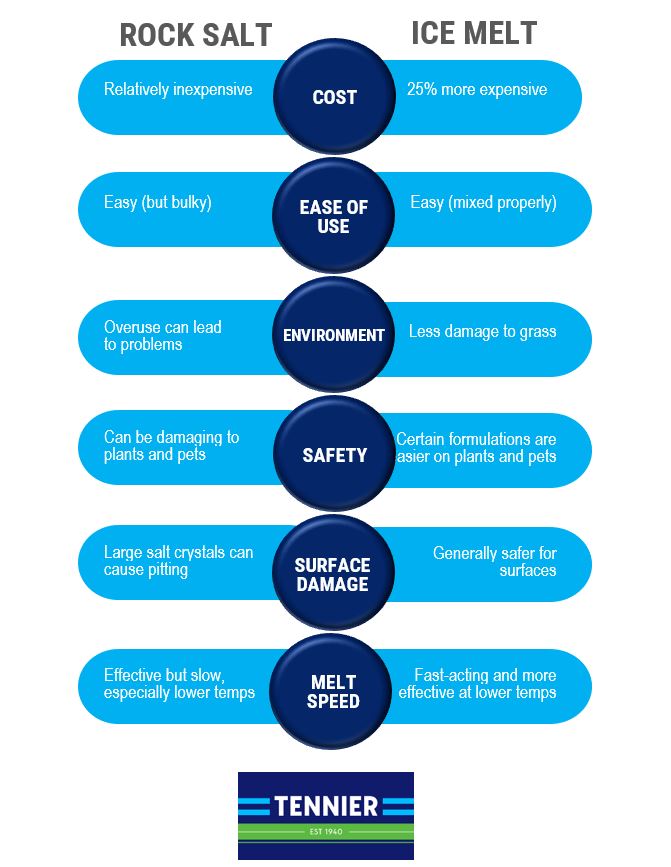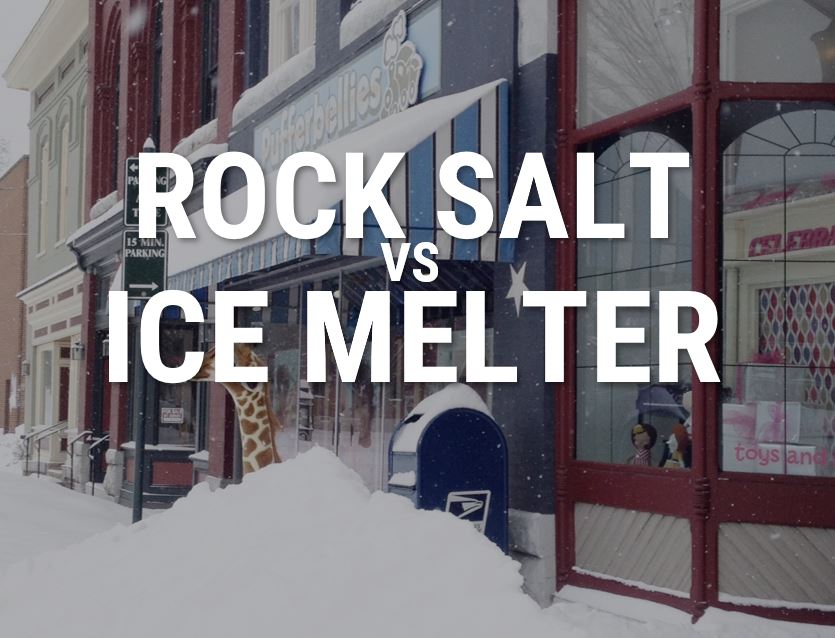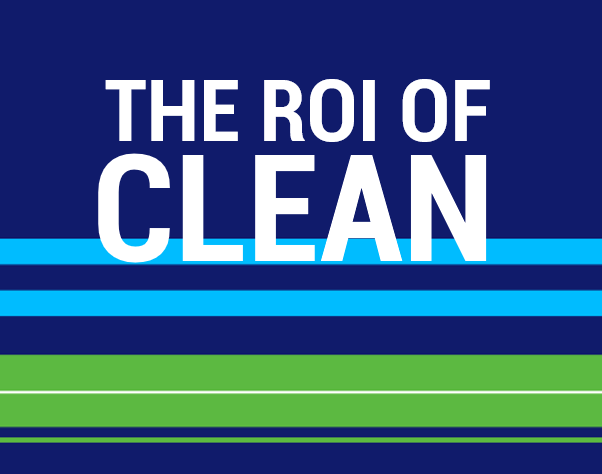If you’re a Canadian property manager or facility manager, you know it’s crucial to keep pathways, sidewalks, parking lots and entryways clear of snow and ice-free in the winter months.
The good news is that, these days, there are all kinds of effective ways to remove and keep ice and snow off outdoor surfaces. The more challenging news is that with so many options, it’s sometimes hard to know which one is best for your facility.
We’re here to help!
Rock salt and ice melt: What are they, and how are they different?
The most popular ways to address snow and ice accumulation are sand, rock salt and ice melt. We’ve talked about these methods before, and how sand is a poor choice because it doesn’t actually melt snow or ice, and leaves a messy accumulation that creates a cleanup problem in spring. That leaves us with rock salt and ice melt.
ROCK SALT
Also known as ‘halite’, the rock salt used in winter is sodium chloride. This is the same chemical as table salt, but rock salt remains in its natural form, with impurities – it hasn’t been purified for consumption.
Rock salt lowers the freezing point of water. When applied to ice on pavement or sidewalks, the rock salt forms a brine solution of salt and water, which then flows under the ice and detaches it from the surface. That allows the pieces to break up and become much easier to clear away. And with a coating of this rock salt ‘brine’ on the pavement, it’s much harder for ice to re-form.
ICE MELT
Ice melt is a blend of sodium chloride (like rock salt) with magnesium chloride and/or calcium chloride. Ice melts with calcium chloride are useful in extremely low temperatures; magnesium chloride is better in situations where the environment and pets are a higher concern. Formulations of ice melts with a blend of sodium, calcium and magnesium chloride offer specific attributes of each chemical compound.
There are other formulations of ice melt, as well, that may be a more environmentally friendly solution. As they dissolve, these latter compounds release less chlorine, causing less damage to surroundings. It’s important to note that different formulations will have slightly different performances, so it’s worth investigating just what type of ice melt is suitable for your property.

When to use rock salt in your facility
Rock salt is a good choice in cases where:
- Cost is a major concern
- Quick traction is required (such as a flash-freeze where sidewalks need to be immediately safer)
- Pets and foliage are less of a concern
- Surfaces such as concrete and metal are less susceptible to corrosion and pitting from large salt crystals
- Temperatures are above -10F
Ice melter is a good choice in cases where:
- Safety for pets and people is a paramount concern
- Cost is less of an issue
- It will be used around sensitive foliage or grass
- Surface susceptibility to corrosion and damage is either unknown or high
- There are quiet periods in which the ice melter can be applied and allowed to work
- Temperatures are above -25F
It’s okay to ask for advice!
If you’re managing large properties or multiple sites, each one will have its own unique challenges. We can help! Just get in touch and we can walk you through your budget, requirements and desired results to ensure you get the products (and the quantities) you need.





